Top of Page
- Links to move inside this page.
- HOME
- About IIJ
- News / CSR
- Press Releases
- 2022
- IIJ Announces LPA Bridge, New Technology Enabling Consumer eSIM Use with Wearable and IoT Devices
IIJ Announces LPA Bridge, New Technology Enabling Consumer eSIM Use with Wearable and IoT Devices
Users themselves can select the optimal communication service. PoC testing has begun with manufacturers of IoT devices and consumer electronics
November 14, 2022
Internet Initiative Japan Inc.
TOKYO - November 14, 2022 - Internet Initiative Japan Inc. (TSE Prime: 3774), one of Japan's leading Internet access and comprehensive network solutions providers, today announced that the Company has devised "LPA Bridge", new technology that allows an eSIM to be used more readily with wearable devices or IoT devices that lack a keyboard, camera or other interactive unit (non-I/O devices), and has developed a system enabling use of the technology at the commercial level.
Up to now, deploying an eSIM in a non-I/O device required the device manufacturers to assume in advance the use of a specific mobile telecommunication service, and themselves provide that service as a sales partner or MVNO (Mobile Virtual Network Operator) practically, a requirement imposing a large burden for development and operation. Using the technology developed by IIJ will reduce that burden significantly, since the users themselves choose and contract with a suitable mobile telecommunication service when they turn on the non-I/O device.
With an eye on product development with manufacturers of IoT devices and consumer electronics, IIJ has begun PoC (Proof of Concept) aimed for commercialization. IIJ has already made patent application for this technology.
Background to the Development
An eSIM (embedded SIM) enables mobile telecommunication services to be used without a physical SIM, by downloading via the Internet an eSIM profile including the necessary information for the provisioning of the service (remote provisioning).
Two series of specifications have been developed by the GSMA (GSM Association, a global organization unifying the mobile ecosystem) for eSIM remote provisioning, one for the consumers and the other for the IoT devices. The consumer model assumes a device equipped with interactive capability (keyboard, camera, etc.) such as a smartphone, allowing the user to select a preferable mobile telecommunication service and its plan, for example by reading a QR code or entering an activation code to download the eSIM profile and write it to the eSIM. It is already being widely used for devices including smartphones and laptop PCs.
The IoT model, on the other hand, assumes use of devices with inadequate interactive capability (non-I/O devices). Since provision of the eSIM profile requires assistance by the mobile network operator (including mobile virtual network operator), in effect this means that the device manufacturer must become a sales partner or MVNO practically to provide the service. As this imposes a high hurdle for the manufacturer, hence its adoption has been relatively slow.
To address this issue, IIJ came up with the idea of LPA Bridge, technology for remote provisioning to an eSIM by the consumer model which has already gained wide adoption, for non-I/O devices.
Overview of LPA Bridge Developed by IIJ
LPA stands for Local Profile Assistant, the functionality for downloading and writing the eSIM profile to an eSIM, as standardized by GSMA for the consumer model. The essence of LPA Bridge is to enable use of this consumer model methodology with non-I/O devices. The technology consists of two parts, LPA App with the interactive functionality for operations such as entering an activation code, and LPA Bridge with the functionality for relaying communications between the eSIM on non-I/O device and remote provisioning server. LPA Bridge is set up on the IoT, wearable, or other non-I/O device, while LPA App is installed in a user device (smartphone, PC, etc.) for setting up the non-I/O device.
The combination of LPA Bridge and LPA App performs the Local Profile Assistant functions, enabling an eSIM profile to be used in a non-I/O device based on the consumer model standardization by GMSA.
Flow of Remote SIM Provisioning (RSP) for a Consumer Model eSIM (example of smartphone use)
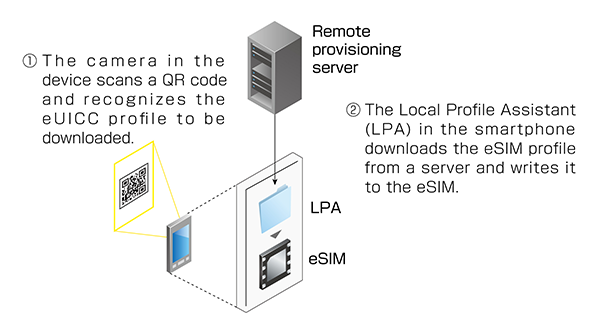
RSP Flow for a Consumer Model eSIM (using LPA Bridge)
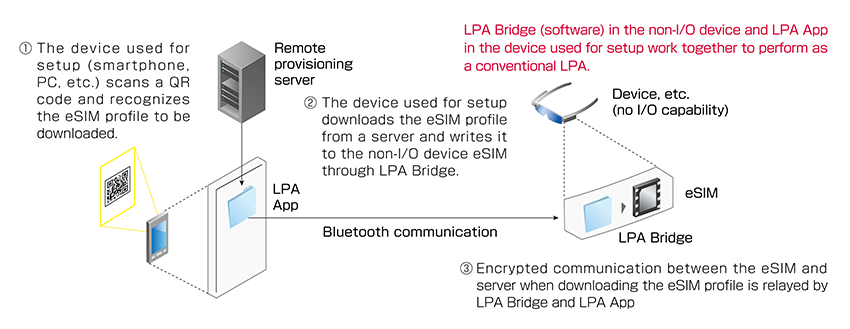
Applicable LPA Bridge Devices
LPA Bridge is intended for use with cellular devices not or poorly equipped with a camera, keyboard or other interactive unit (wearable devices, gadgets, etc.), portable IoT devices, embedded controllers, LTE routers and similar devices.
Examples of Devices to which LPA Bridge is Applicable
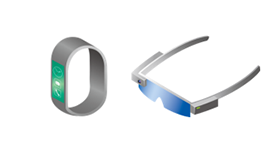
Wearable devices
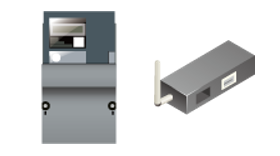
Portable IoT devices
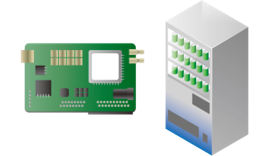
Embedded controllers
- (*)Devices lacking adequate interactive capability (display, keyboard, camera, etc.) are assumed.
Transforming the IoT Business Model
Up to now, to equip a device with cellular communication functionality, the device manufacturer would contract with a specific mobile network operator in advance, and sell the device with the SIM inserted in a slot on a device circuit board. For this purpose, the device manufacturers themselves typically became an MVNO or a sales partner, which imposed a burden on the manufacturer. This conventional distribution arrangement has remained in place even when the SIM has changed from a physical one to an eSIM for IoT devices.
From the user perspective, this means they are unable to choose a suitable communication service and its plan on their own, limiting them to the service chosen by the manufacturer for each device.
The LPA Bridge technology developed by IIJ gives users the capability to choose a preferable service and its plan, with their own smartphone or PC, and to do remote provisioning of the contracted eSIM profile in the eSIM of a non-I/O device. At the same time, the device manufacturer is freed from the burden of contracting operation with a mobile network operator.
IIJ believes that making it easier to sell and distribute non-I/O devices should give greater momentum to the markets for these devices, expanding communication demand in the non-smartphone realm.
Business model for mobile IoT devices
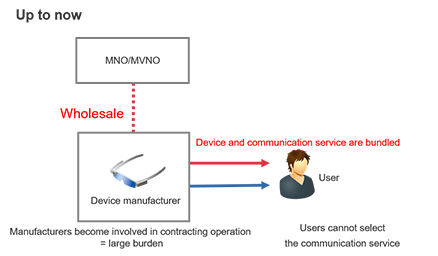
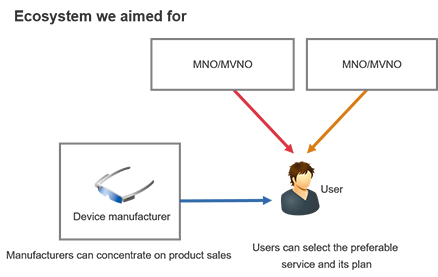
Looking Ahead
IIJ has completed development of LPA Bridge and LPA App enabling their use at a commercial level. The next step will be to license LPA Bridge and LPA App to manufacturers of IoT and other devices.
IIJ has also begun PoC, premised on early commercial development with multiple device manufacturers, and will seek broad participation by manufacturers in the PoC.
As there are similar technologies already in use by some major manufacturers for wearable devices. However, these are closed, proprietary systems of those companies and not open to general use. By providing LPA Bridge to many companies, IIJ hopes to broaden the ecosystem for eSIM use in IoT and other devices.
About IIJ
Founded in 1992, IIJ is one of Japan's leading Internet-access and comprehensive network solutions providers. IIJ and its group companies provide total network solutions that mainly cater to high-end corporate customers. IIJ's services include high-quality Internet connectivity services, systems integration, cloud computing services, security services and mobile services. Moreover, IIJ has built one of the largest Internet backbone networks in Japan that is connected to the United States, the United Kingdom and Asia. IIJ was listed on the Prime Market of the Tokyo Stock Exchange in 2022.
- For more information about IIJ, visit the IIJ Web site at https://www.iij.ad.jp/en/.
The statements within this release contain forward-looking statements about our future plans that involve risk and uncertainty. These statements may differ materially from actual future events or results.
- For inquiries, contact
-
IIJ Corporate Communications
 +81-3-5205-6310
+81-3-5205-6310  +81-3-5205-6377
+81-3-5205-6377  press@iij.ad.jp
press@iij.ad.jp
- (*)All company, product, and service names used in this press release are the trademarks or registered trademarks of their respective owners.
- Related Contents
End of the page.